Optimal Water Treatment Timing Guide
Spring and fall are optimal times to perform comprehensive water treatments to address seasonal changes and prepare for periods of increased or decreased water usage.
Treatments before summer and winter can prevent issues caused by temperature fluctuations, such as freezing or overheating of water systems.
Regular water treatment intervals, typically every 6 to 12 months, help maintain water quality and system efficiency.
Monitoring water quality allows for timely treatments when contamination levels or mineral buildup are detected.
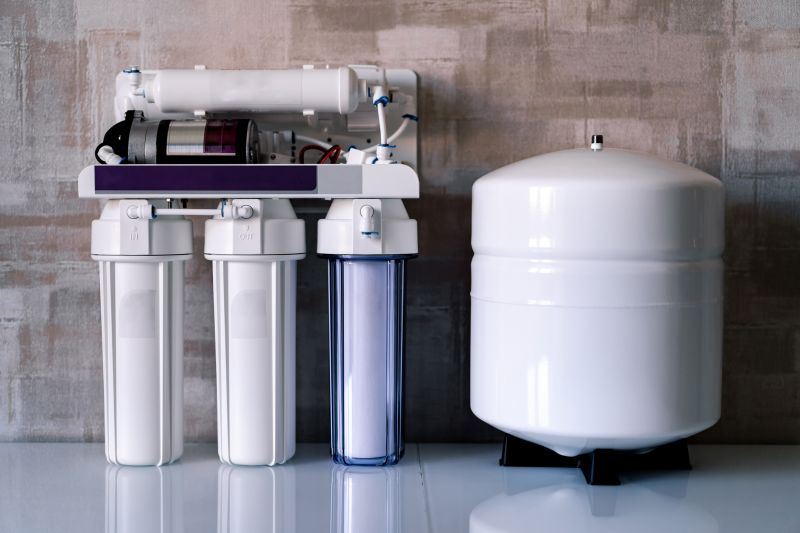
Various equipment used in water treatments include filtration systems, water softeners, and chemical injectors.
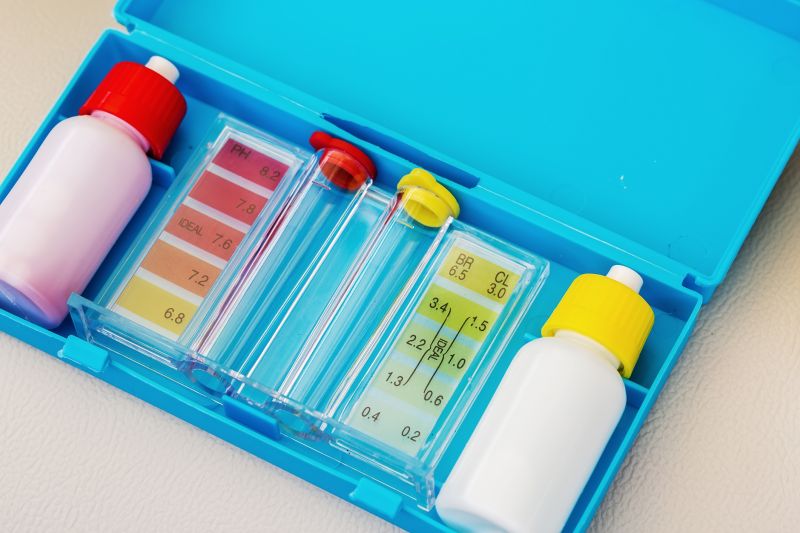
Testing kits are essential for assessing water quality and determining the need for treatment.
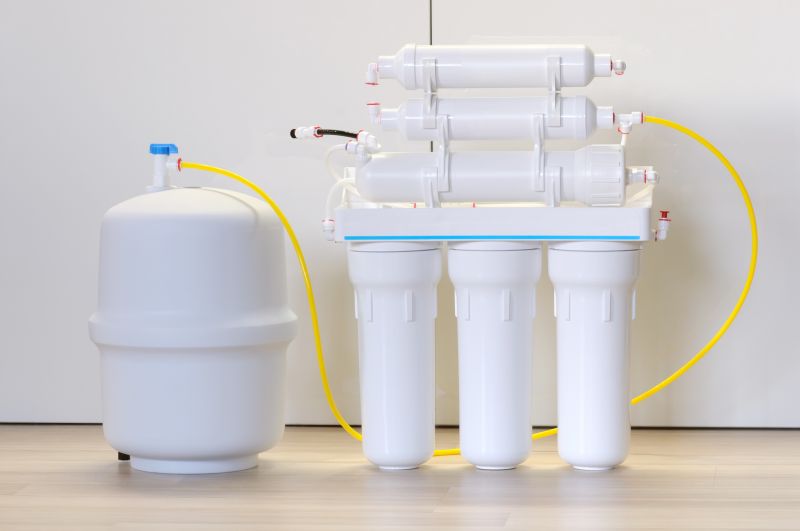
Illustration of water passing through treatment systems to remove contaminants.
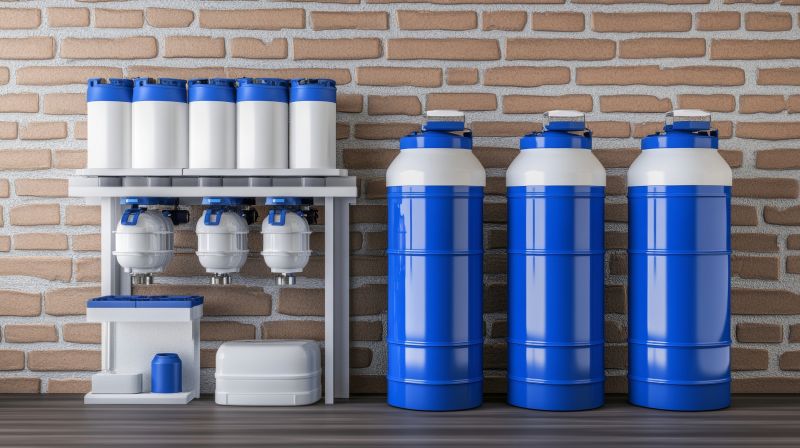
Ways to make Water Treatments work in tight or awkward layouts.
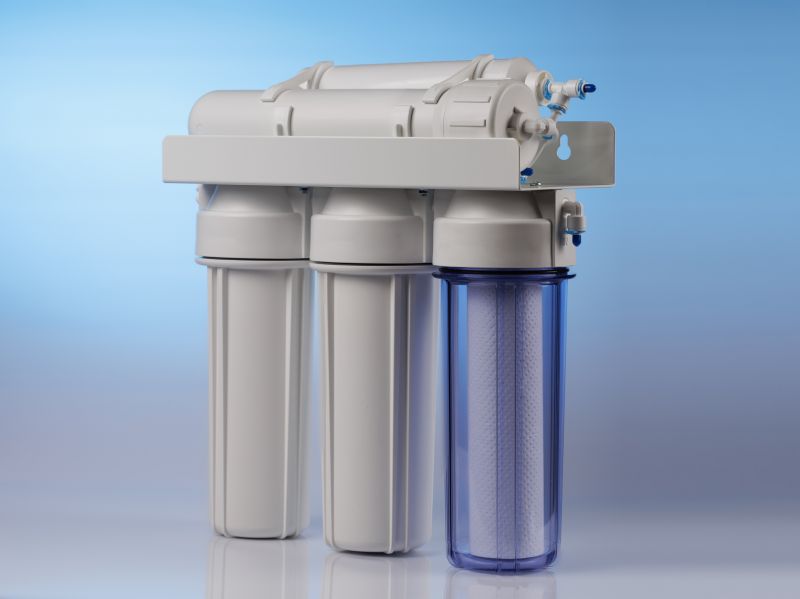
Popular materials for Water Treatments and why they hold up over time.
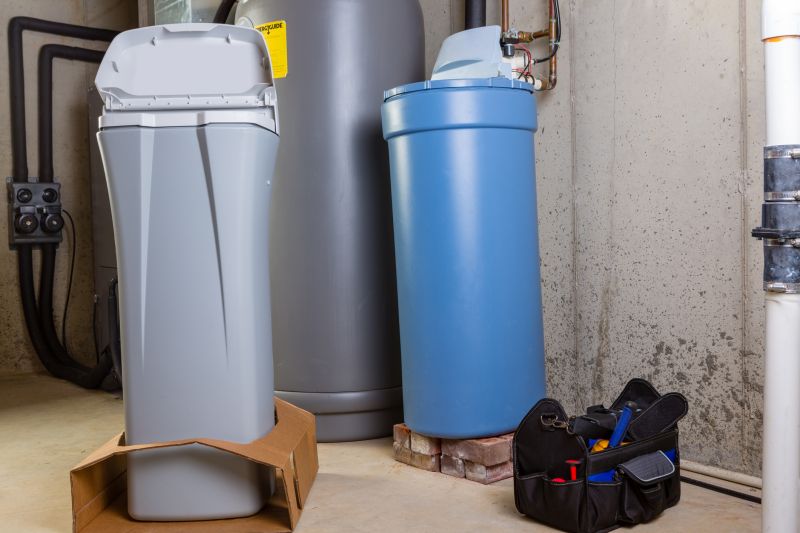
Simple add-ons that improve Water Treatments without blowing the budget.
| Timing Consideration | Recommended Action |
|---|---|
| Spring | Conduct a full water quality assessment and treatment to prepare for warmer months. |
| Summer | Perform maintenance to prevent scale buildup due to increased water use. |
| Fall | Reassess water quality and apply treatments before winter. |
| Winter | Address any freezing risks and ensure system protection. |
| Post-Season | Review treatment effectiveness and plan for the next cycle. |
| Water Quality Changes | Treat as needed based on test results and observed issues. |
| Usage Increase | Schedule treatments to handle higher demand and prevent system damage. |
| System Maintenance | Regularly scheduled every 6-12 months for optimal performance. |
Water treatments play a vital role in maintaining the integrity and safety of water systems. They help remove harmful contaminants, reduce mineral buildup, and improve water clarity and taste. Proper timing ensures treatments are effective and cost-efficient, preventing costly repairs and health issues caused by poor water quality.
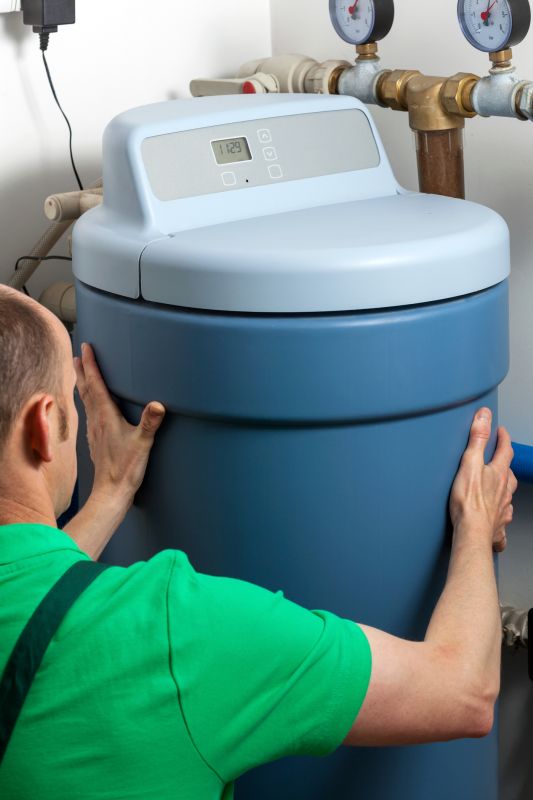
A water softener removing minerals that cause hardness and scale.
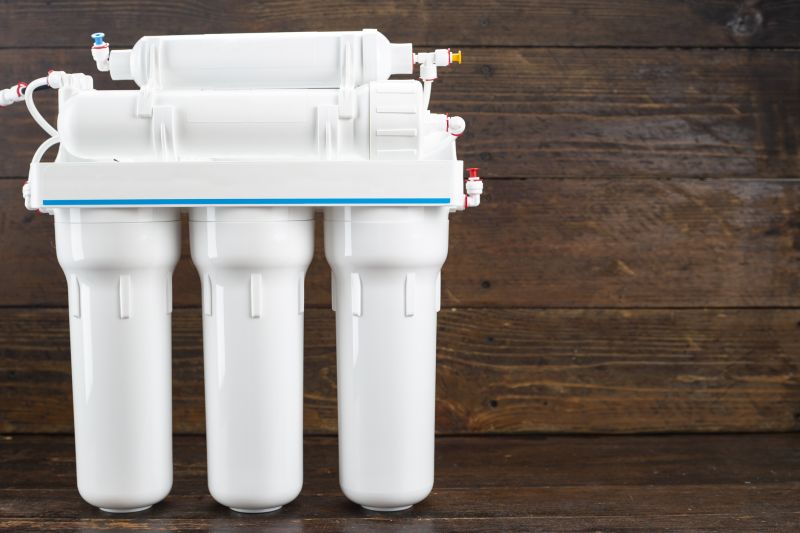
Advanced filtration units for removing sediments and impurities.
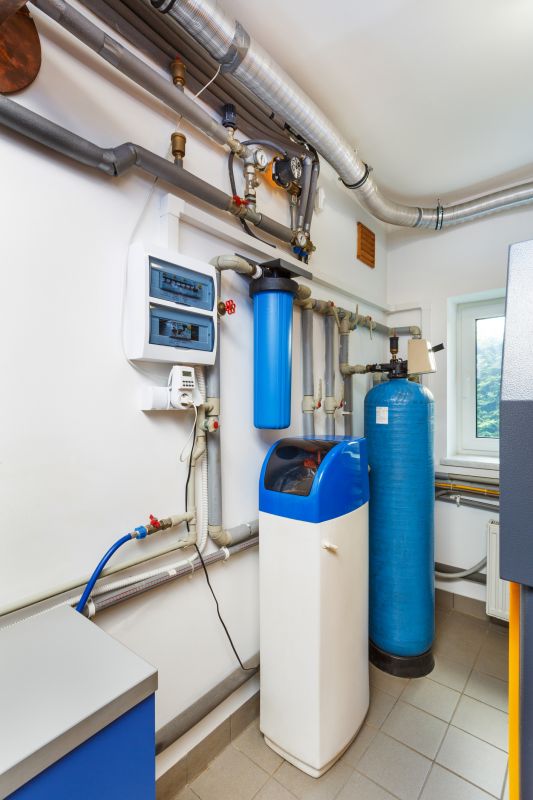
Chemical dosing systems for controlling bacteria and algae.
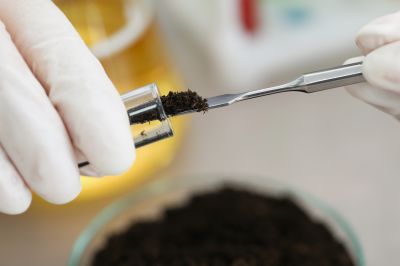
Professional labs analyzing water samples for quality assessment.
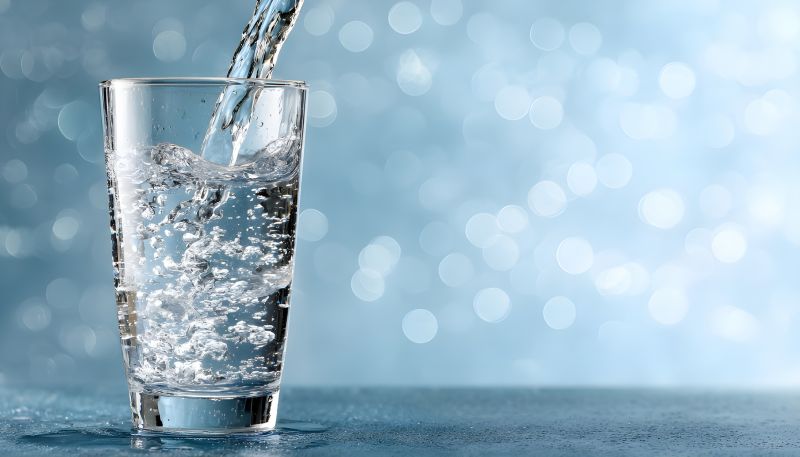
High-end options that actually feel worth it for Water Treatments.
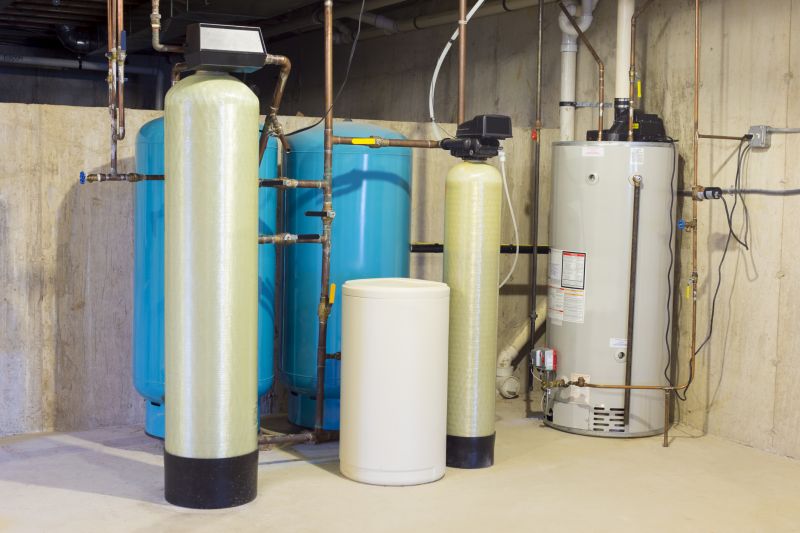
Finishes and colors that play nicely with Water Treatments.
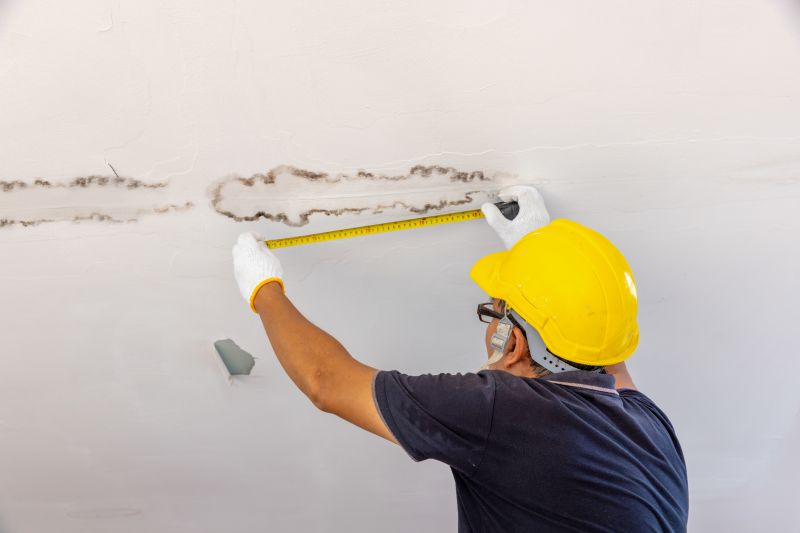
Little measurements that prevent headaches on Water Treatments day.

A 60-second routine that keeps Water Treatments looking new.

A frequent mistake in Water Treatments and how to dodge it.
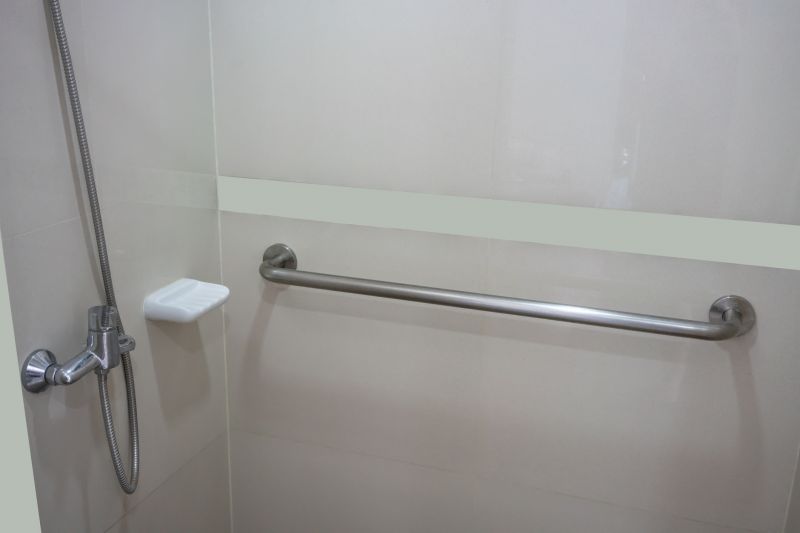
Small tweaks to make Water Treatments safer and easier to use.
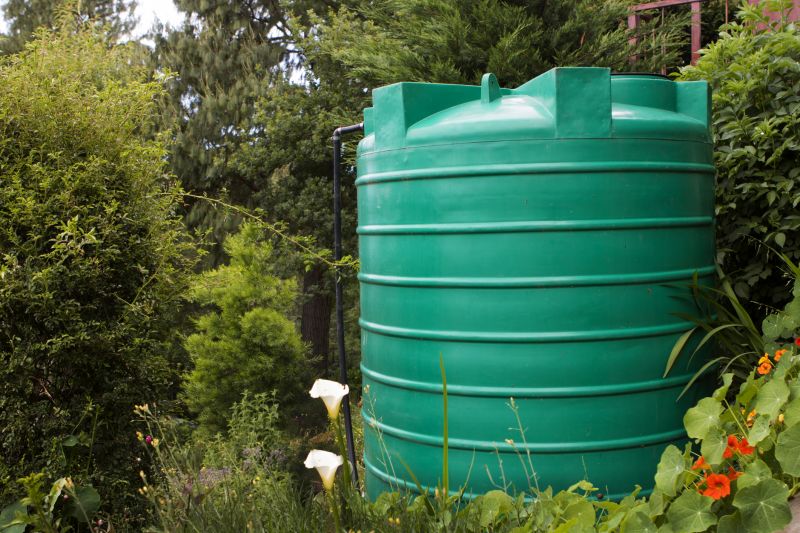
Lower-waste or water-saving choices for Water Treatments.
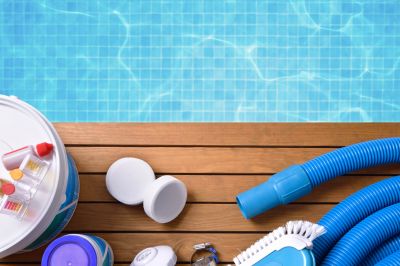
The short, realistic tool list for quality Water Treatments.
Scheduling water treatments at appropriate times enhances water system performance and safety. Regular assessments and timely interventions help prevent issues such as scaling, corrosion, and microbial growth. Consulting with water treatment professionals can provide tailored solutions based on specific water quality challenges.
Interested in scheduling a water treatment? Fill out the contact form to receive more information and assistance.
